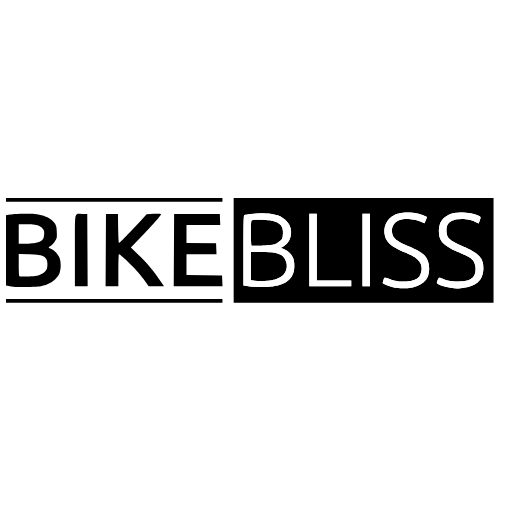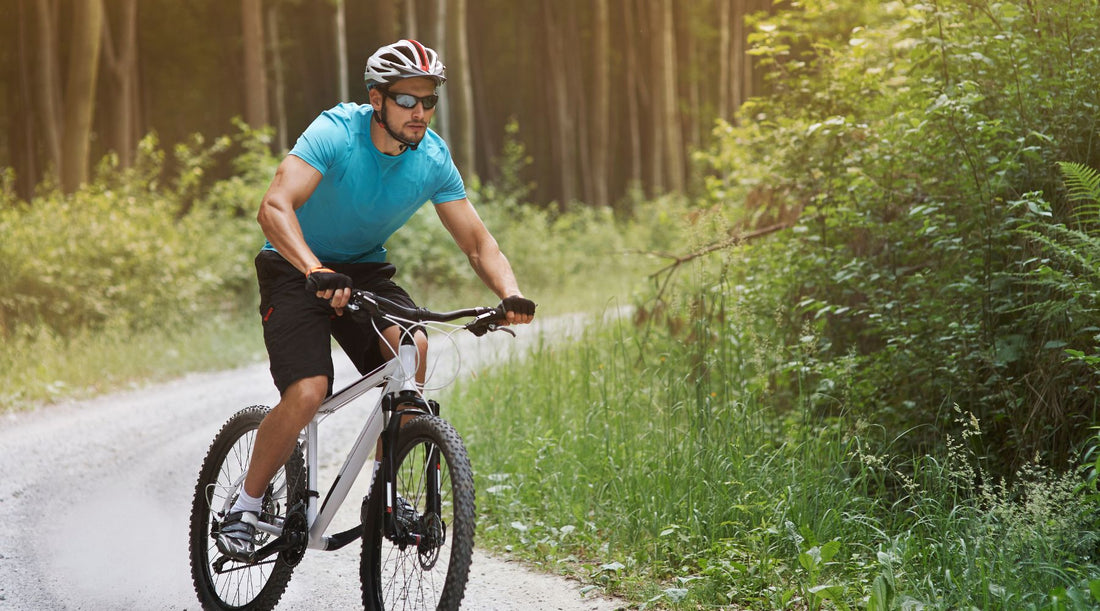Embarking on the journey of understanding the intricacies of "What muscles does bicycle riding work" unveils a world of fitness wonders. Beyond the joy of cycling, this article delves into the holistic impact on various muscle groups, bringing forth a detailed exploration.
Exploring the Muscles Engaged
Leg Powerhouses: Quadriceps and Hamstrings
Cycling serves as a powerhouse workout for your quadriceps and hamstrings. The repetitive pedal motion engages these key muscles, contributing to enhanced strength and endurance. As you pedal, your quads extend your knee, while the hamstrings flex it, creating a harmonious muscle symphony.
Core Stability: Abdominals and Lower Back
Maintaining balance on a bicycle activates your core muscles, particularly the abdominals and lower back. The constant need for stability strengthens these muscle groups, promoting better posture and reducing the risk of lower back issues.
Calf Strength: Gastrocnemius and Soleus
The push and pull motion of pedaling engage the calf muscles—the gastrocnemius and soleus. These muscles work in tandem, powering the pedal strokes and contributing to improved lower leg strength.
Glute Activation: Maximus, Medius, and Minimus
Your glutes are not left out in the cycling equation. The gluteus maximus, medius, and minimus all play vital roles in propelling the pedals forward. This engagement not only strengthens your glutes but also helps in toning these muscles.
Cardiovascular Endurance: Heart and Lungs
Beyond muscle-specific benefits, cycling significantly improves cardiovascular health. The heart pumps efficiently, and the lungs work harder to supply oxygen to the muscles. Regular cycling enhances overall cardiovascular endurance, promoting a healthy heart and lungs.
Engaging Muscle Groups with the Right Bike
Mountain Biking for Lower Body Strength: Quadriceps, Hamstrings, and Calves
If you seek a challenging lower body workout, mountain biking is your go-to choice. Navigating uneven terrains requires constant leg engagement, activating the quadriceps, hamstrings, and calves. The uphill climbs on a mountain bike provide an excellent resistance workout for building strength in these muscle groups.
Road Biking for Cardiovascular Endurance and Core Stability: Abdominals and Lower Back
For those prioritizing cardiovascular health and core stability, a sleek road bike is ideal. The continuous pedaling on smooth roads enhances cardiovascular endurance, while the need for balance engages the abdominals and lower back. Road biking offers a dynamic full-body exercise with a focus on these core muscle groups.
Hybrid Bikes for Overall Fitness: Glutes, Arms, and Shoulders
Hybrid bikes strike a balance between road and mountain bikes, making them perfect for overall fitness. The comfortable riding position engages the glutes, contributing to toning and strengthening. Additionally, the upright posture involves the arms and shoulders, providing a moderate upper body workout. Hybrid bikes offer versatility for a well-rounded muscle engagement experience.
BMX Biking for Explosive Power: Quadriceps and Hip Flexors
BMX biking, known for its acrobatic maneuvers, targets explosive power in the lower body. The quick and intense pedal strokes engage the quadriceps and hip flexors, contributing to enhanced strength and agility. This type of biking is particularly beneficial for individuals seeking to improve their leg power and coordination.
What Muscles Does Bicycle Riding Work: A Closer Look
Upper Body Involvement: Arms and Shoulders
While predominantly a lower body exercise, cycling involves the upper body to a lesser extent. The continuous steering and balancing activate the muscles in your arms and shoulders, providing a mild but beneficial workout for these areas.
Tensor Fasciae Latae Activation
Cycling engages the tensor fasciae latae, a muscle located on the outside of the hip. This engagement contributes to improved hip stability and helps prevent issues related to the IT (iliotibial) band.
Benefits for the Achilles Tendon
The repetitive motion of cycling is advantageous for the Achilles tendon. This vital tendon connecting the calf muscles to the heel is strengthened through consistent pedaling, reducing the risk of injuries.

What Muscles Do Bicycle Crunches Work?
Targeting Abdominal Muscles: Rectus Abdominis and Obliques
When it comes to bicycle crunches, the target or focus shifts to the abdominal muscles. The rectus abdominis, often referred to as the "six-pack" muscles, is engaged as you lift your upper body and bring opposite elbows towards opposite knees. Additionally, the obliques on the sides of your abdomen are activated, contributing to core strength and definition.
What Muscles Do Bicycle Kicks Work?
Engaging Lower Body: Hip Flexors and Quadriceps
Bicycle kicks primarily target the hip flexors and quadriceps. As you perform the kicking motion, your hip flexors are actively engaged, and the quadriceps work to extend your knee. This exercise contributes to lower body strength and flexibility.
FAQs About Cycling and Muscle Engagement
Q: Can cycling replace traditional leg workouts?
Cycling is an excellent complement to traditional leg workouts, offering a dynamic and low-impact alternative. However, a well-rounded fitness routine should include various exercises to target all muscle groups.
Q: How often should I cycle for optimal muscle benefits?
For optimal muscle benefits, aim for at least three to four cycling sessions per week. Consistency is key to strengthening and toning the muscles engaged during cycling.
Q: Does cycling build bulky leg muscles?
No, cycling typically promotes lean muscle development. It contributes to muscle toning and endurance without excessive bulk, making it an ideal exercise for those aiming for a lean physique.
Q: Is stationary cycling as effective as outdoor cycling for muscle engagement?
Both stationary and outdoor cycling engage the same muscle groups. The effectiveness depends on personal preferences and fitness goals. Stationary cycling offers controlled conditions, while outdoor cycling provides a varied terrain for added challenges.
Q: Can cycling help with weight loss?
Yes, cycling is an effective way to aid weight loss. The combination of cardiovascular exercise and muscle engagement results in calorie burning, contributing to weight management when combined with a balanced diet.
Q: Are there specific tips for preventing muscle strain during cycling?
To prevent muscle strain, ensure your bike is properly adjusted, maintain good cycling posture, and gradually increase intensity. Stretching before and after cycling sessions can also help alleviate muscle tension.
Conclusion:
In unraveling the question "What muscles does bicycle riding work," we discover a holistic approach to fitness. Cycling not only strengthens specific muscle groups but also enhances cardiovascular health, making it a versatile and enjoyable exercise. Embrace the benefits of cycling, pedal towards a healthier you, and let the wheels of fitness propel you to new heights.

